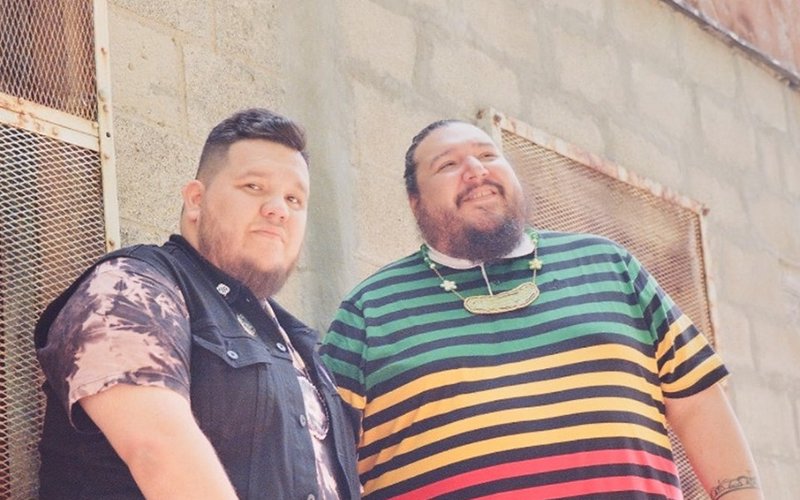
KEXP's Sound & Vision airs every Saturday morning from 7-9 AM PT, featuring interviews, artistry, commentary, insight, and conversation to that tell broader stories through music, and illustrate why music and art matter. You can also hear more stories in the new Sound & Vision Podcast. New episodes are out every Tuesday. Subscribe now.
A 2017 report from the Seattle Indian Health Board identified Seattle as the city with the most cases of missing and murdered indigenous women in the country. The Seattle City Council passed a resolution to address the crisis – but some in the indigenous community don’t believe it’s enough. Sound and Vision host Emily Fox spoke with A Tribe Called Red members Tim "2oolman" Hill, Ehren "Bear Witness" Thomas and chief research officer at the Seattle Indian Health Board Abigail Echo-Hawk about the ongoing violence against indigenous women and how it shows up in art created by first nations people.
Every Monday through Friday, we deliver a different song as part of our Song of the day podcast subscription. This podcast features exclusive KEXP in-studio performances, unrealeased songs, and recordings from independent artists that our DJ’s think you should hear. Today’s song, featured on the …